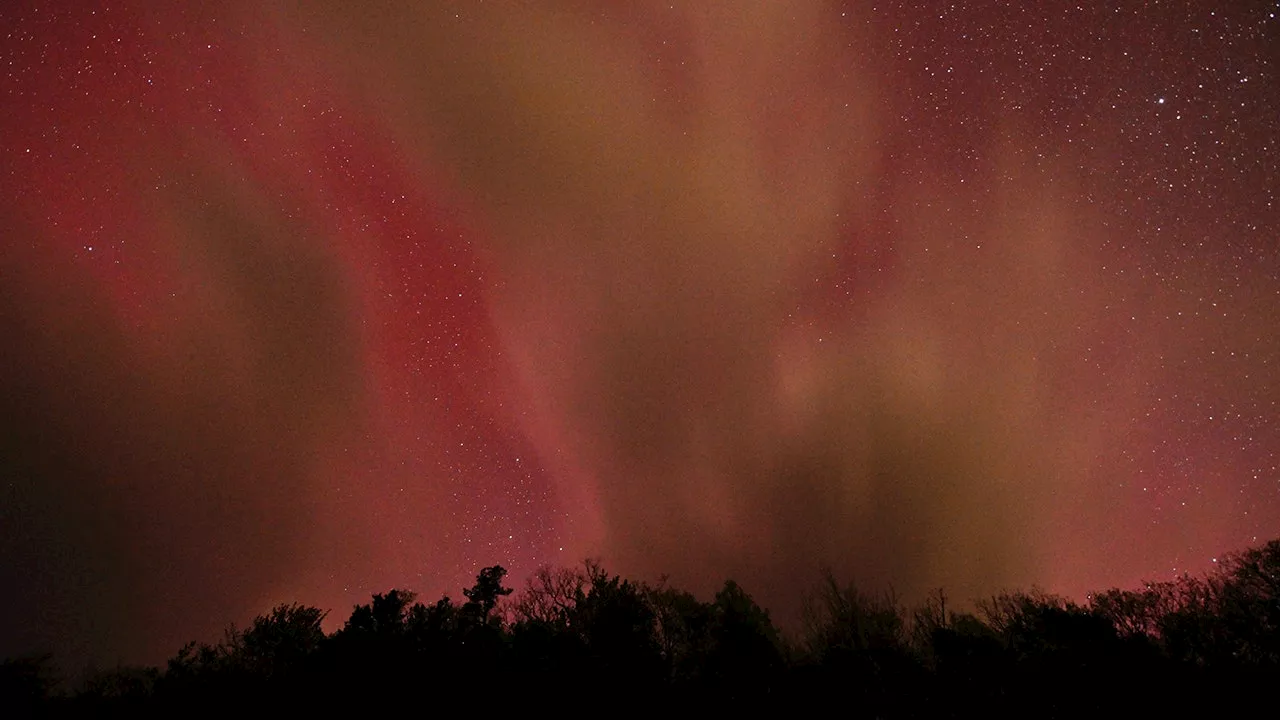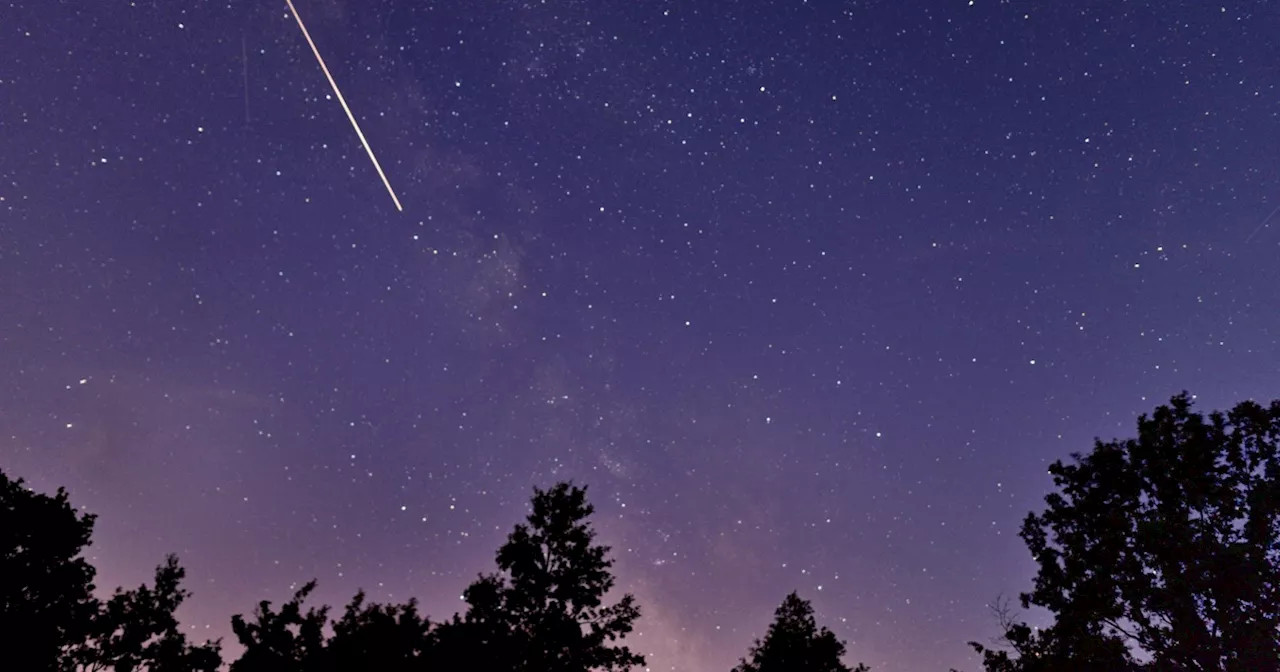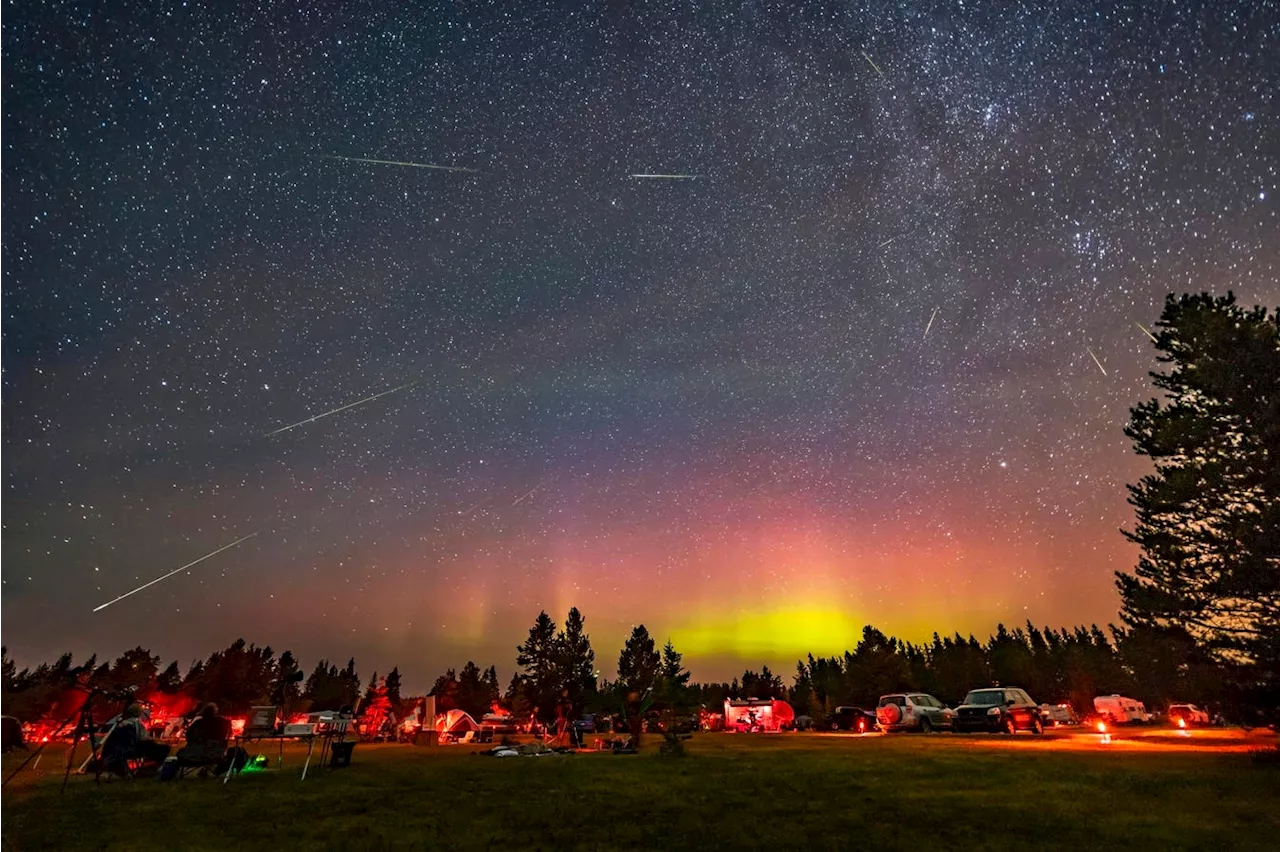I'm an award-winning journalist writing about the night sky and eclipses.
Each Monday, I pick out North America’s celestial highlights for the week ahead .But that’s not all that’s happening above us this week. There’s something extraordinary about seeing a crescent moon shine close to Venus, the brightest planet in the night sky. That will happen after sunset on Monday when the two appear at their closest of the year, though it will be a tricky sight to see. Be outside as soon as the sun goes down.
The rest of the week, you can spend leisurely taking in post-sunset views of the crescent moon as it gradually waxes, appearing slightly higher in the western sky. Here’s everything you need to know about stargazing and astronomy this week:A waxing crescent moon, just 2% illuminated, will be seen to shine half a degree from the very bright planet Venus. Look to the northwestern horizon after sunset to see the pair shining together.
If you can find both, try finding Regulus directly below them and, to the lower-left, dim Mercury, which will have a reddish look.Tonight, a slender 6%-lit waxing crescent moon will shine above the western horizon after dusk. Look carefully, and you’ll see the"dark side" of the moon subtly lit by “Earthshine”—sunlight reflected off our planet’s oceans and icecaps and back onto the moon. Venus will be in the same position as the previous night.
The “shooting stars”—grains of dust that strike Earth’s atmosphere—are the leftovers of comet Swift-Tuttle. Get somewhere away from light pollution, or at the very least, make sure there are no bright lights in your field of vision.Hercules can be a tricky constellation to locate because its stars are relatively dim, but it’s worth finding for one reason—the Great Globular Cluster in Hercules .
The most easily identifiable part of the square is its “Keystone,” which happens to be home to M13. The closest and the brightest globular cluster to us in the northern hemisphere, this halo of tightly packed stars is about 25,000 light-years distant and looks terrific in a pair of binoculars or a small telescope.A globular cluster is a cluster of ancient stars that likely formed outside our Milky Way galaxy and now orbits in its outskirts.
2024 Stargazing 2024 Night Sky 2024 Eclipse 2024 Meteor Showers Perseids Supermoon Northern Lights Aurora
Indonesia Berita Terbaru, Indonesia Berita utama
Similar News:Anda juga dapat membaca berita serupa dengan ini yang kami kumpulkan dari sumber berita lain.
 NYC solar weather: How to see the northern lights, meteors this weekA geomagnetic storm watch was issued Monday for a potential G3 (strong) solar storm by NOAA’s Storm Weather Prediction Center.
NYC solar weather: How to see the northern lights, meteors this weekA geomagnetic storm watch was issued Monday for a potential G3 (strong) solar storm by NOAA’s Storm Weather Prediction Center.
Baca lebih lajut »
 See Two Meteor Showers Peak As Perseid ‘Shooting Stars’ SurgeI'm an award-winning journalist writing about the night sky and eclipses.
See Two Meteor Showers Peak As Perseid ‘Shooting Stars’ SurgeI'm an award-winning journalist writing about the night sky and eclipses.
Baca lebih lajut »
 How and when to see the Perseid meteor shower this summerThe phenomenon of the Northern Lights has captured the attention of the entire world. Here’s what causes the Aurora Borealis and how you can take pictures of them.
How and when to see the Perseid meteor shower this summerThe phenomenon of the Northern Lights has captured the attention of the entire world. Here’s what causes the Aurora Borealis and how you can take pictures of them.
Baca lebih lajut »
 Perseid meteor shower has begun: How to see shooting starsDenise Chow is a science and space reporter for NBC News.
Perseid meteor shower has begun: How to see shooting starsDenise Chow is a science and space reporter for NBC News.
Baca lebih lajut »
 Perseid meteor shower has begun: How to see shooting starsDenise Chow is a science and space reporter for NBC News.
Perseid meteor shower has begun: How to see shooting starsDenise Chow is a science and space reporter for NBC News.
Baca lebih lajut »
 Perseid meteor shower has begun: How to see shooting starsDenise Chow is a science and space reporter for NBC News.
Perseid meteor shower has begun: How to see shooting starsDenise Chow is a science and space reporter for NBC News.
Baca lebih lajut »
